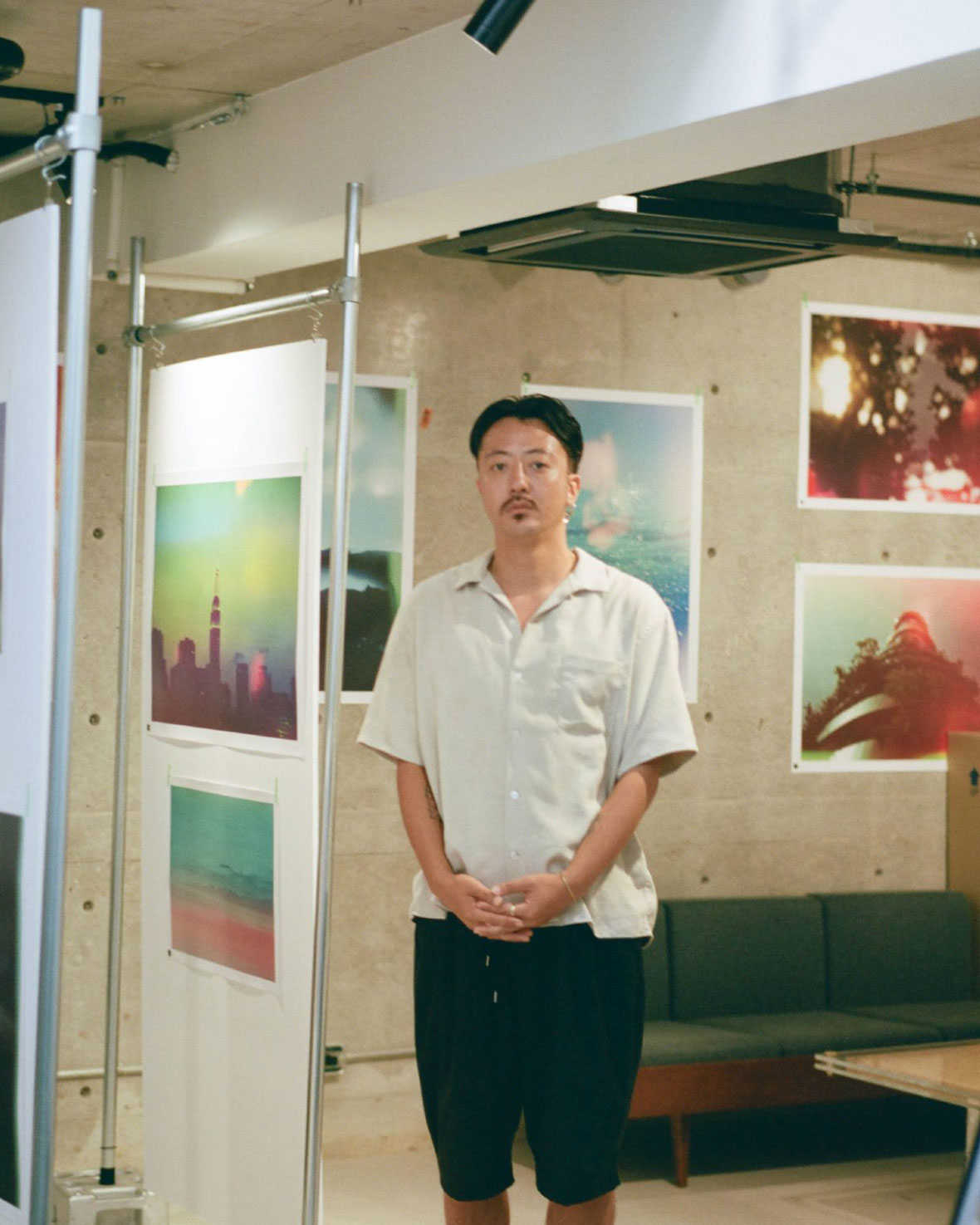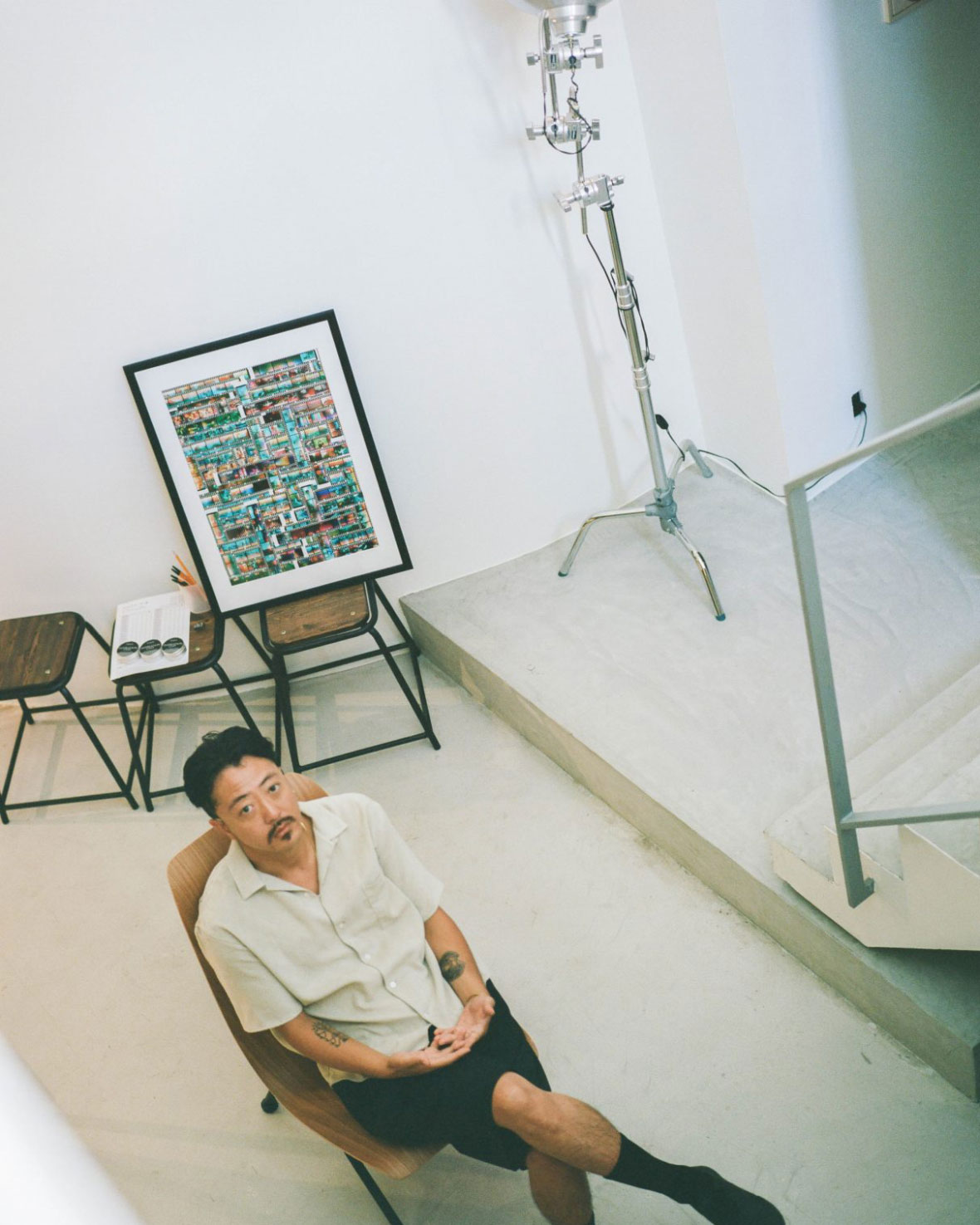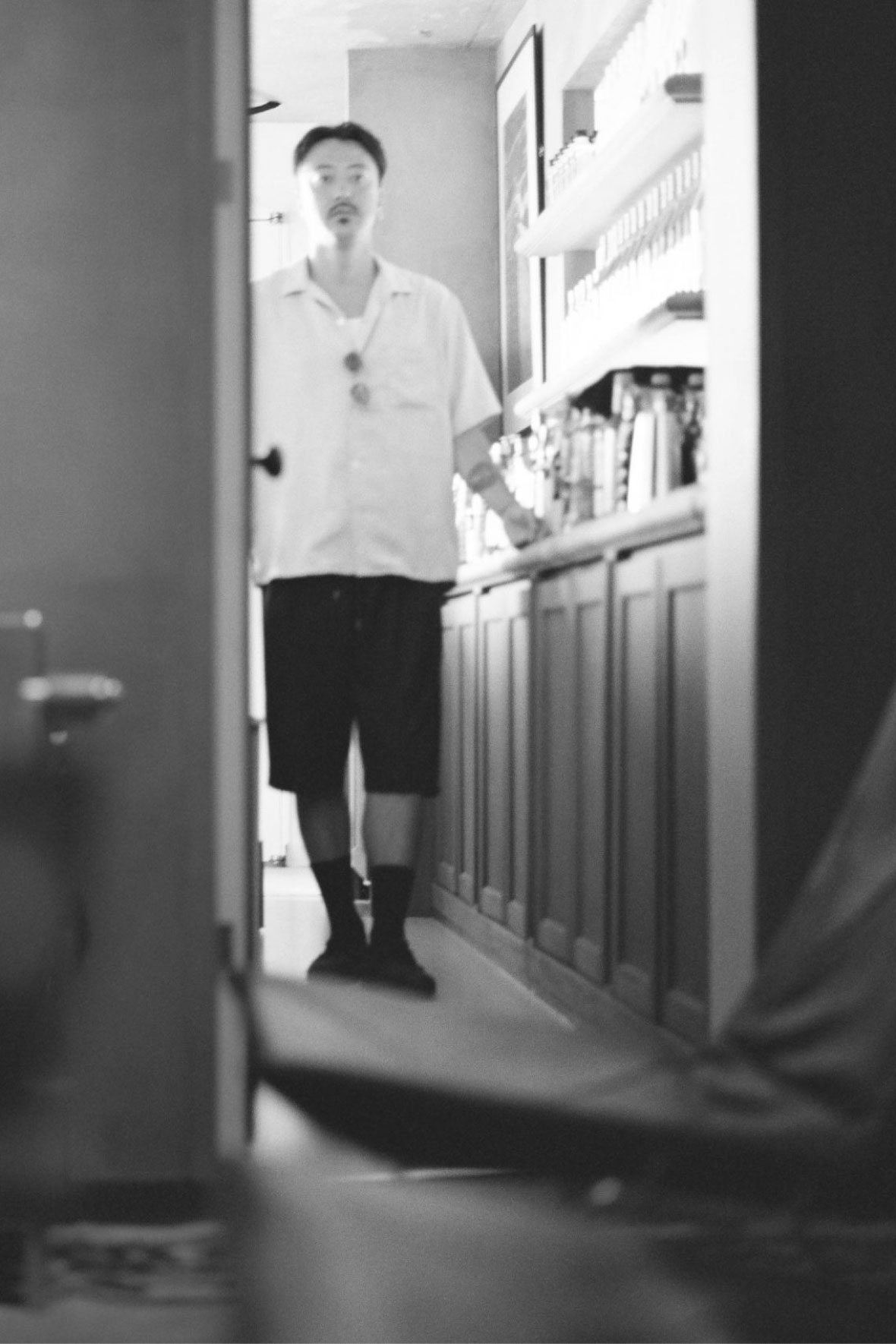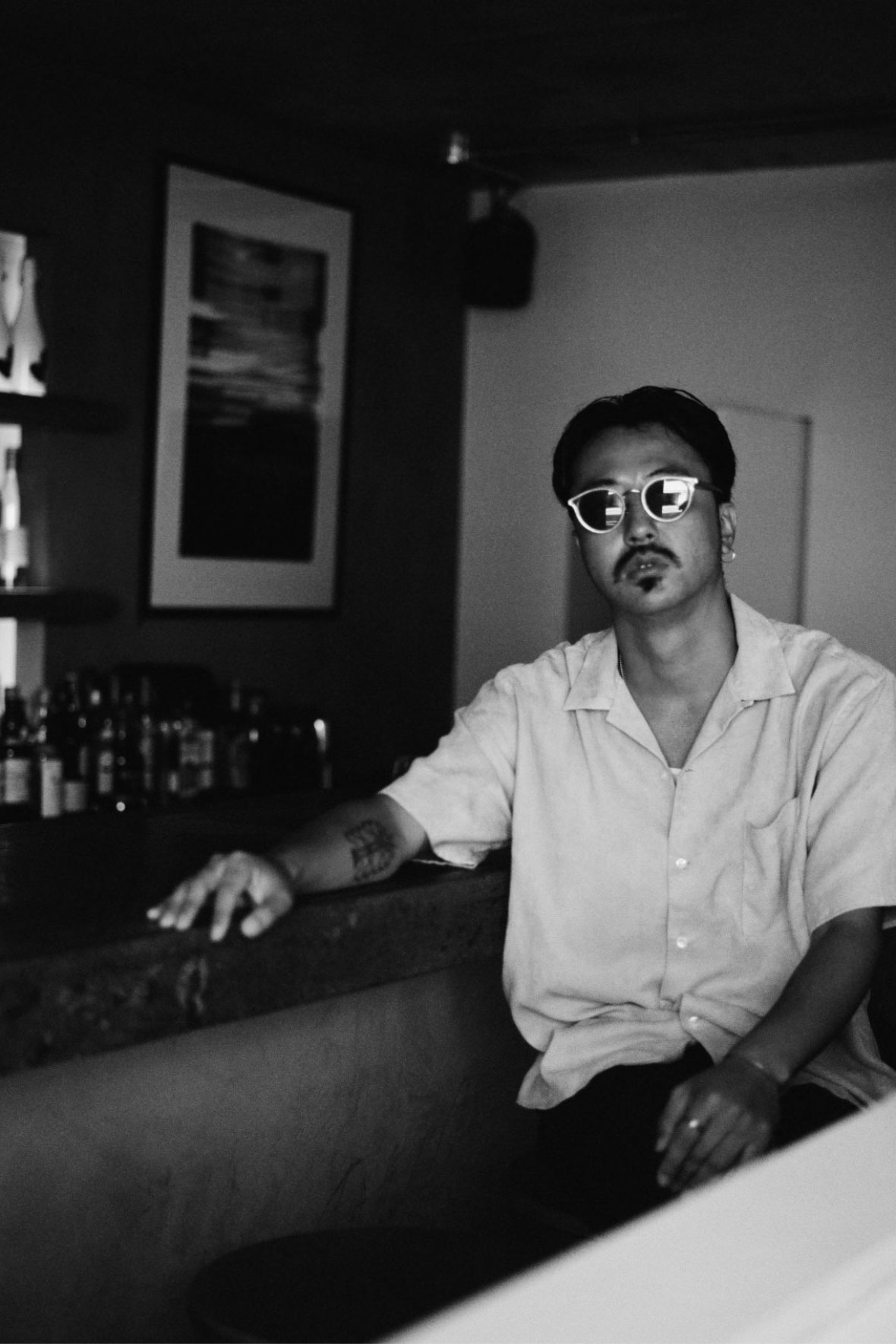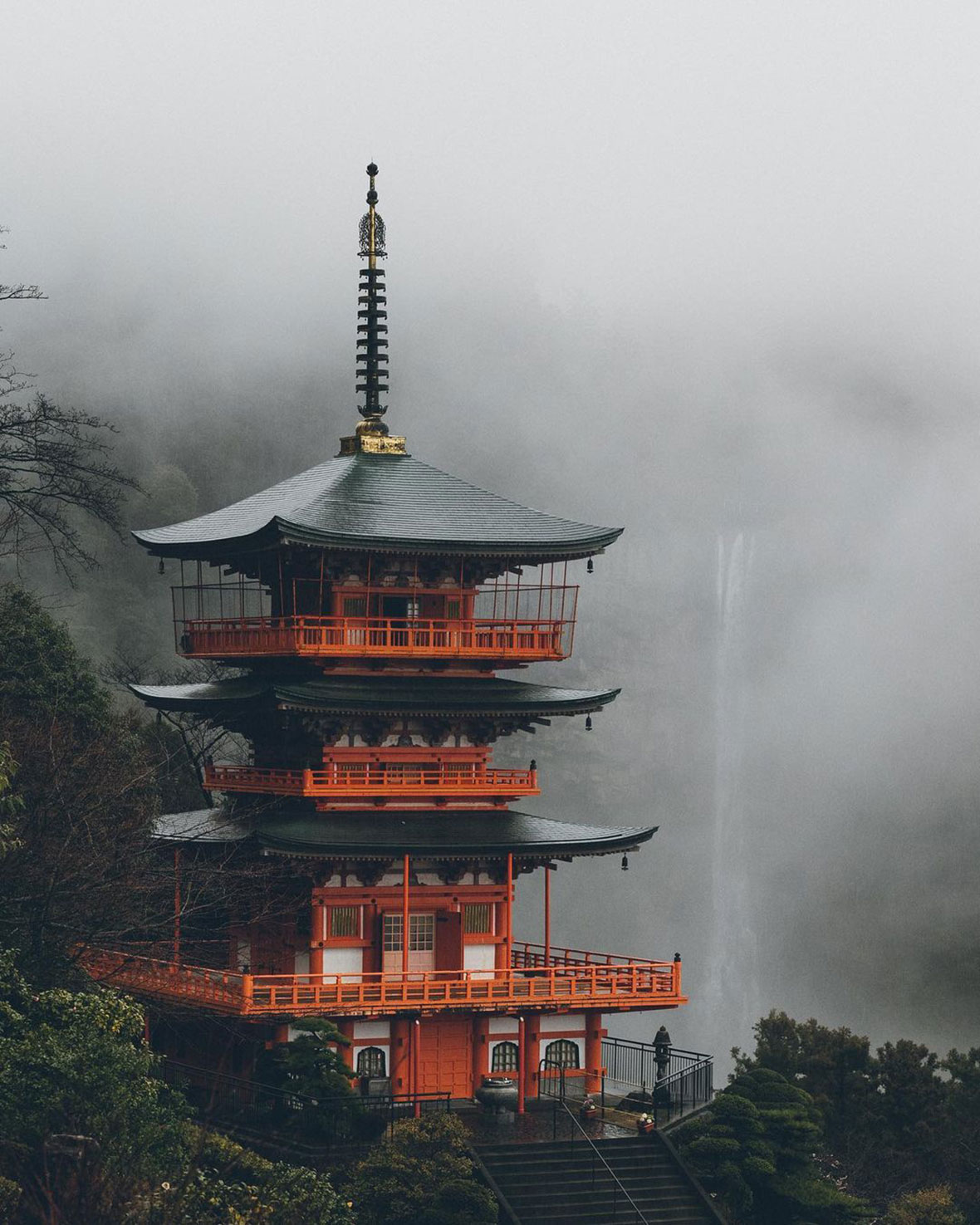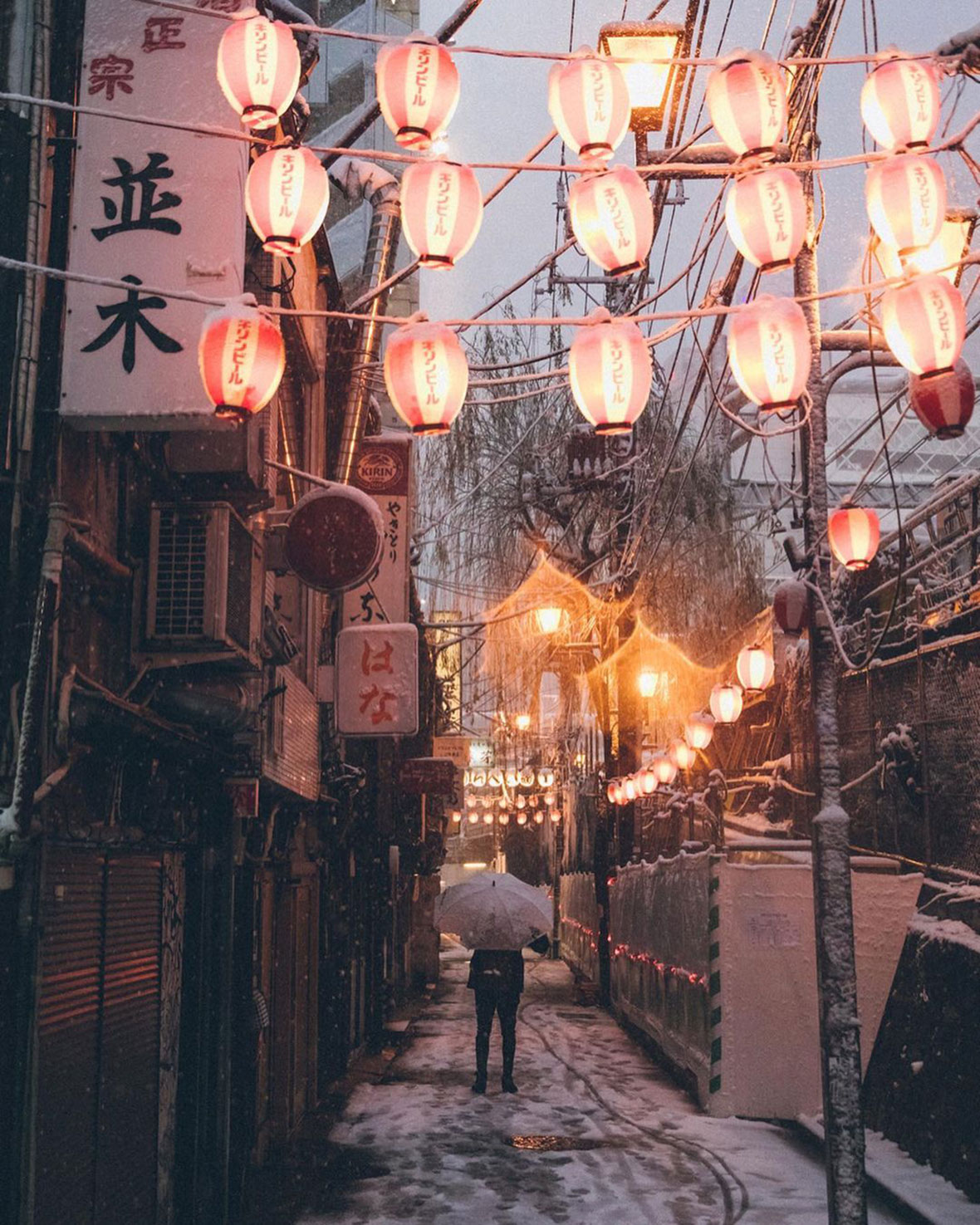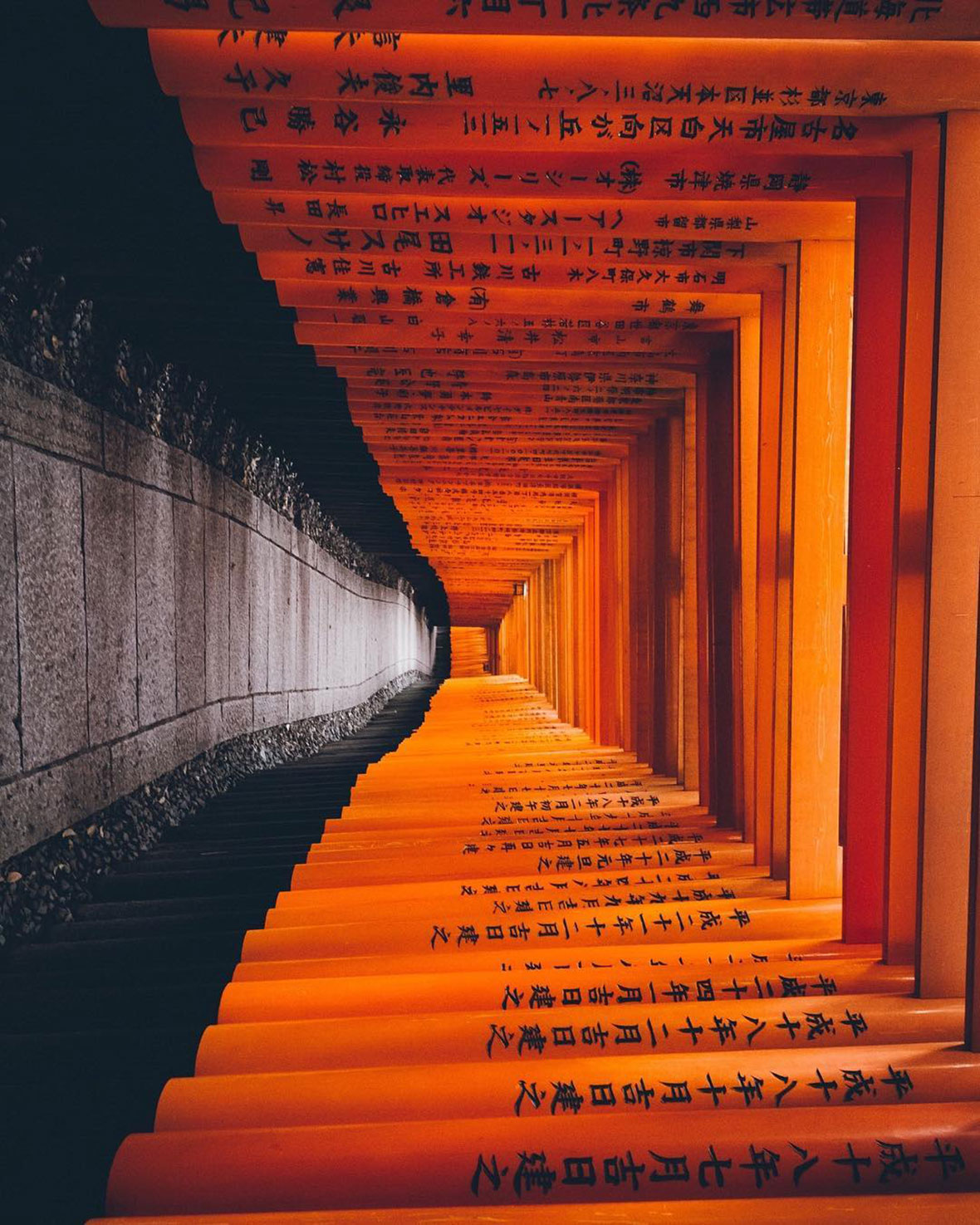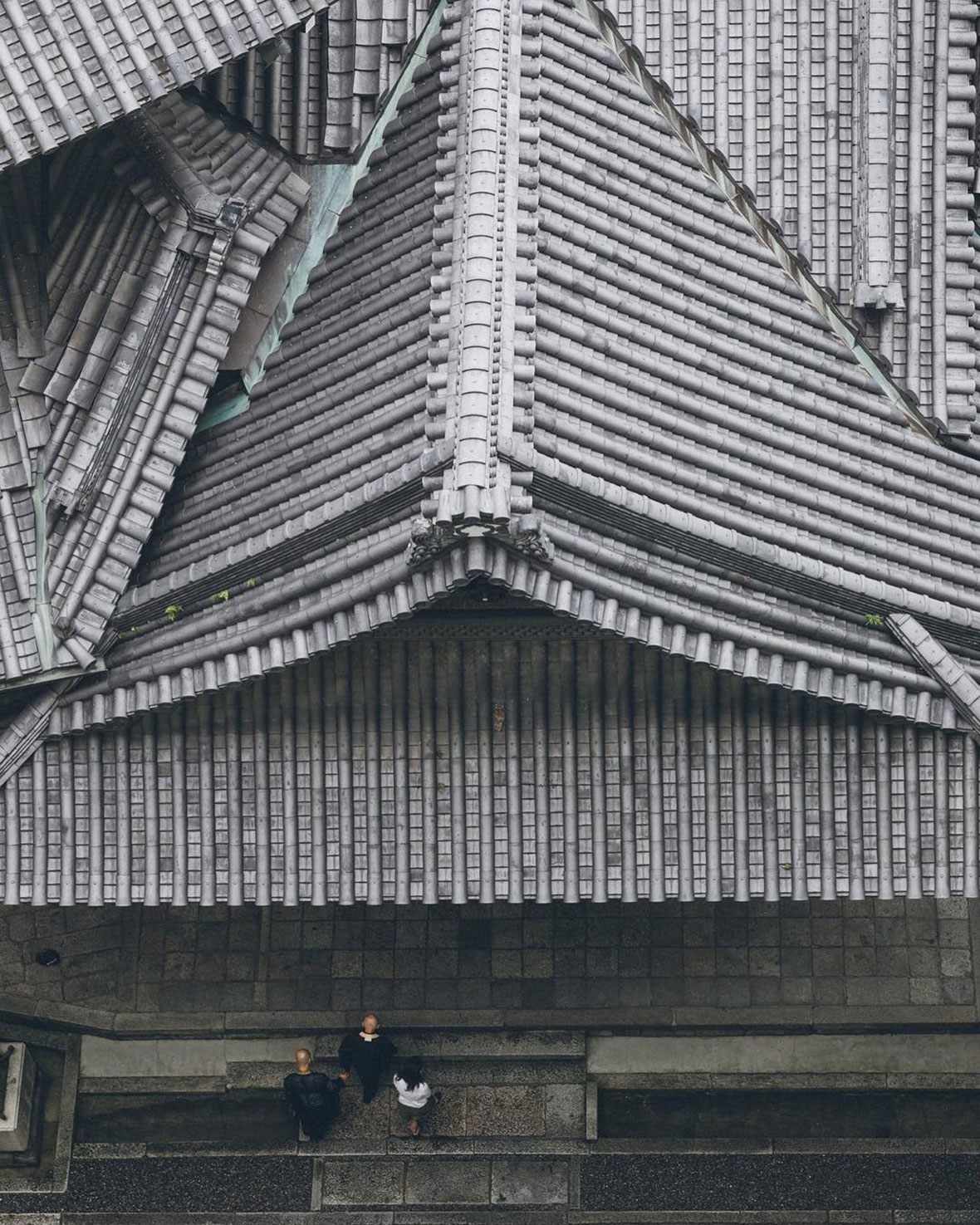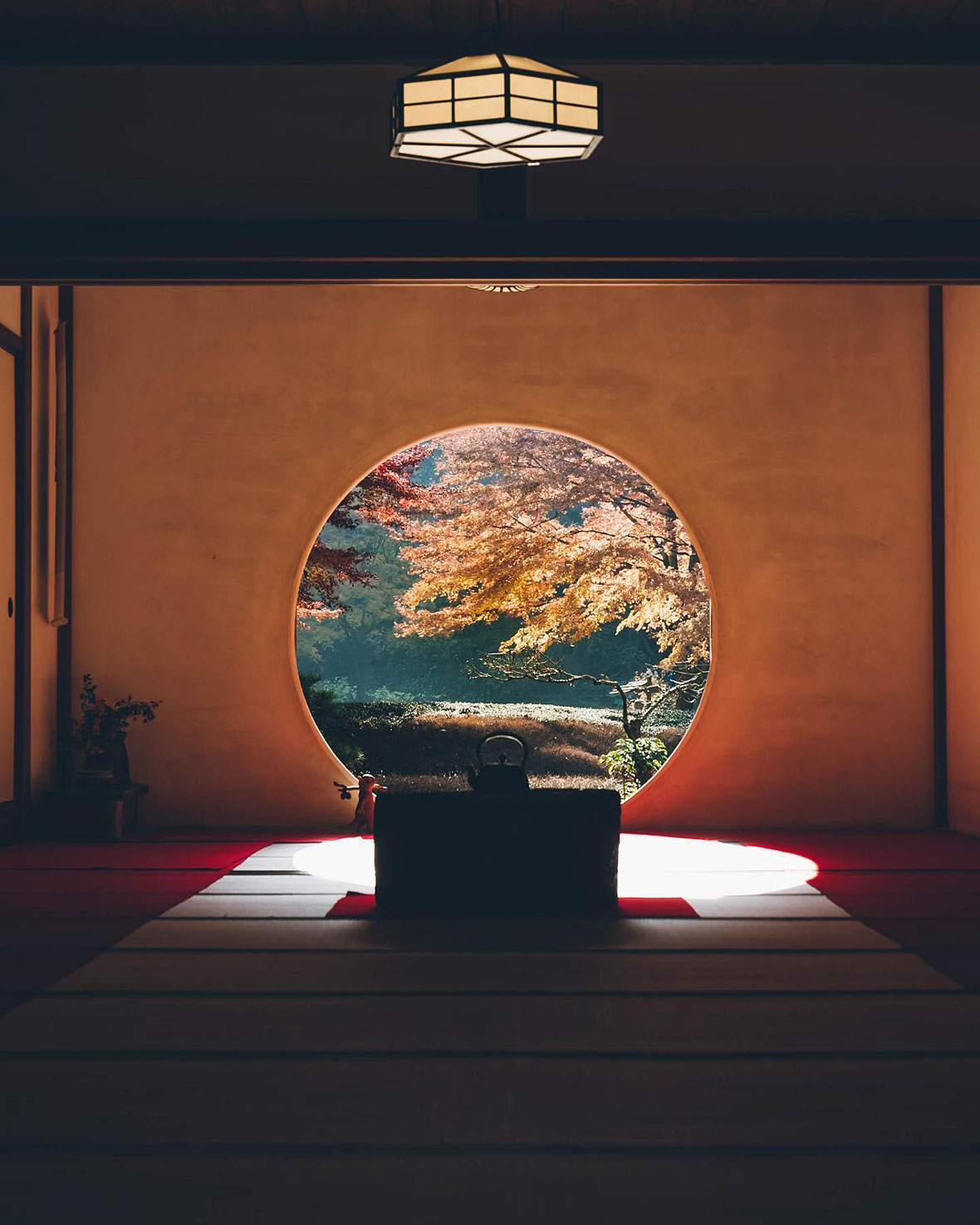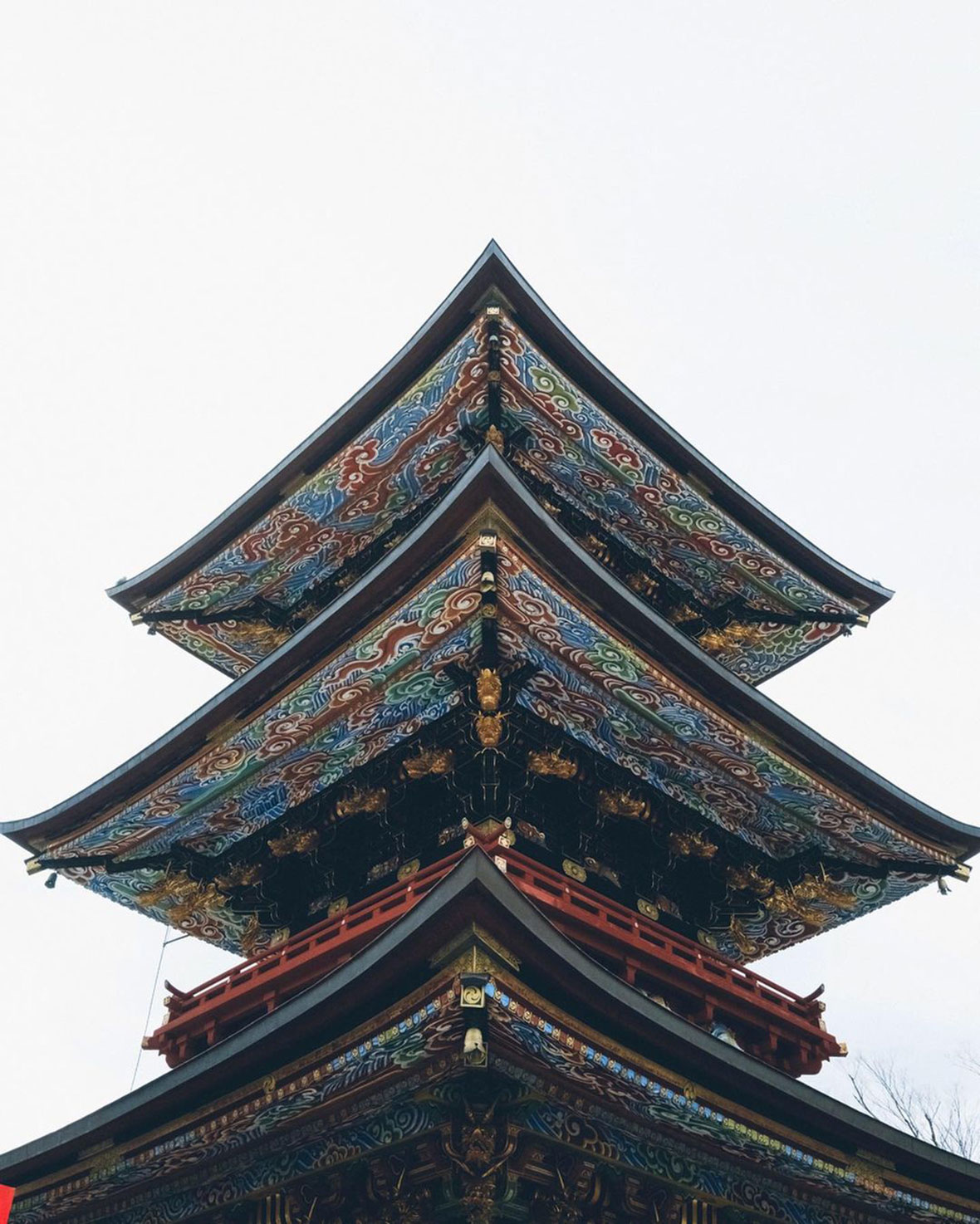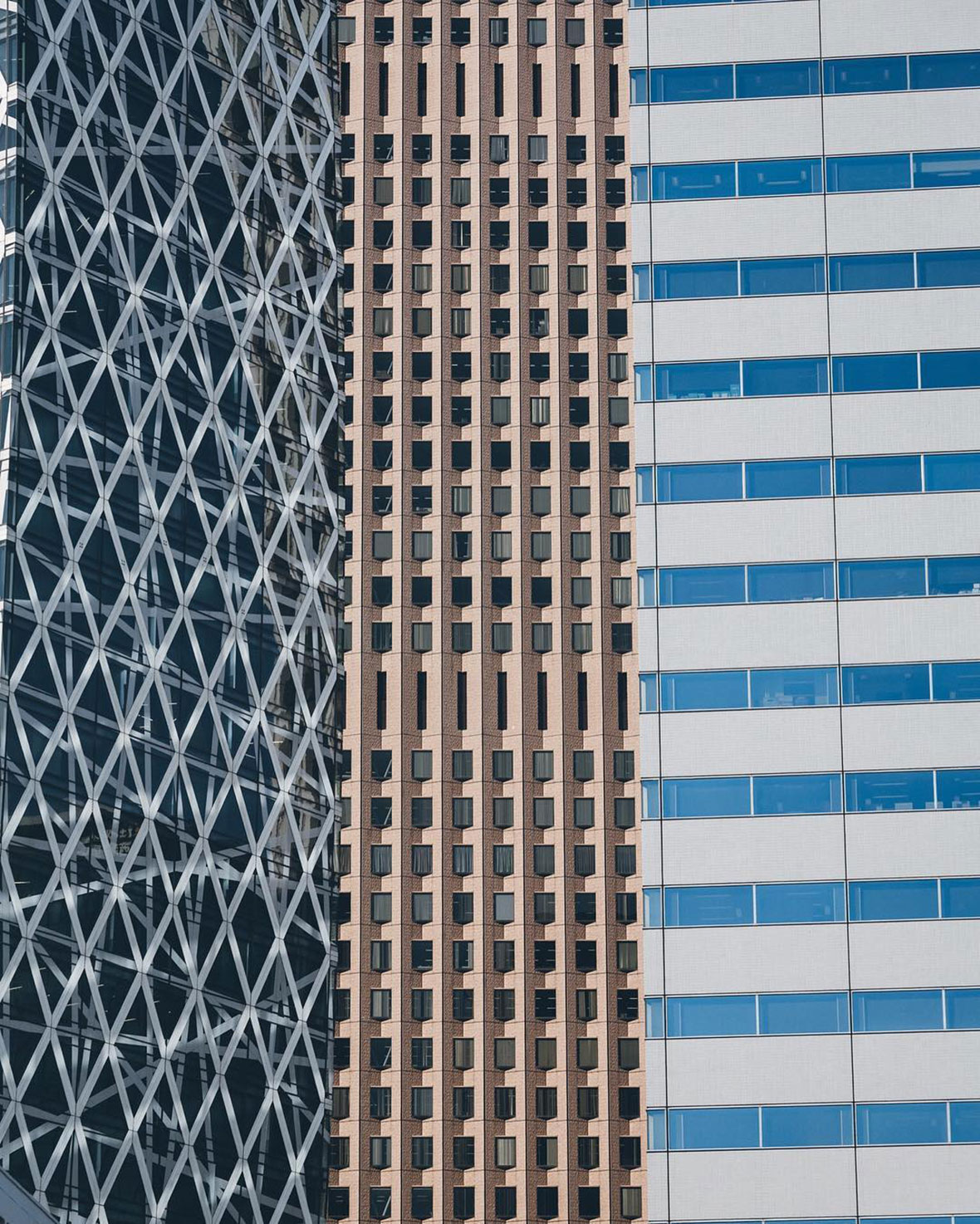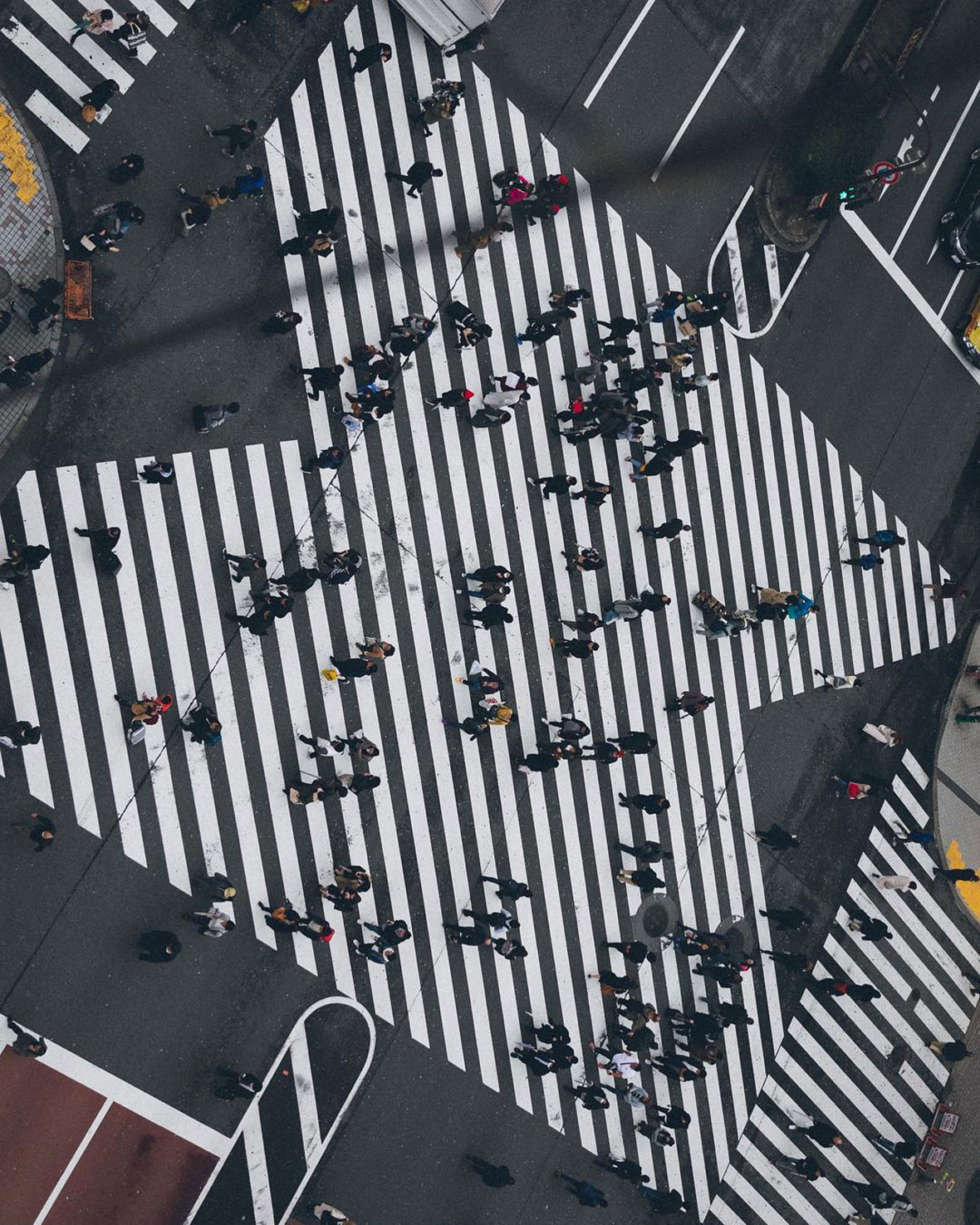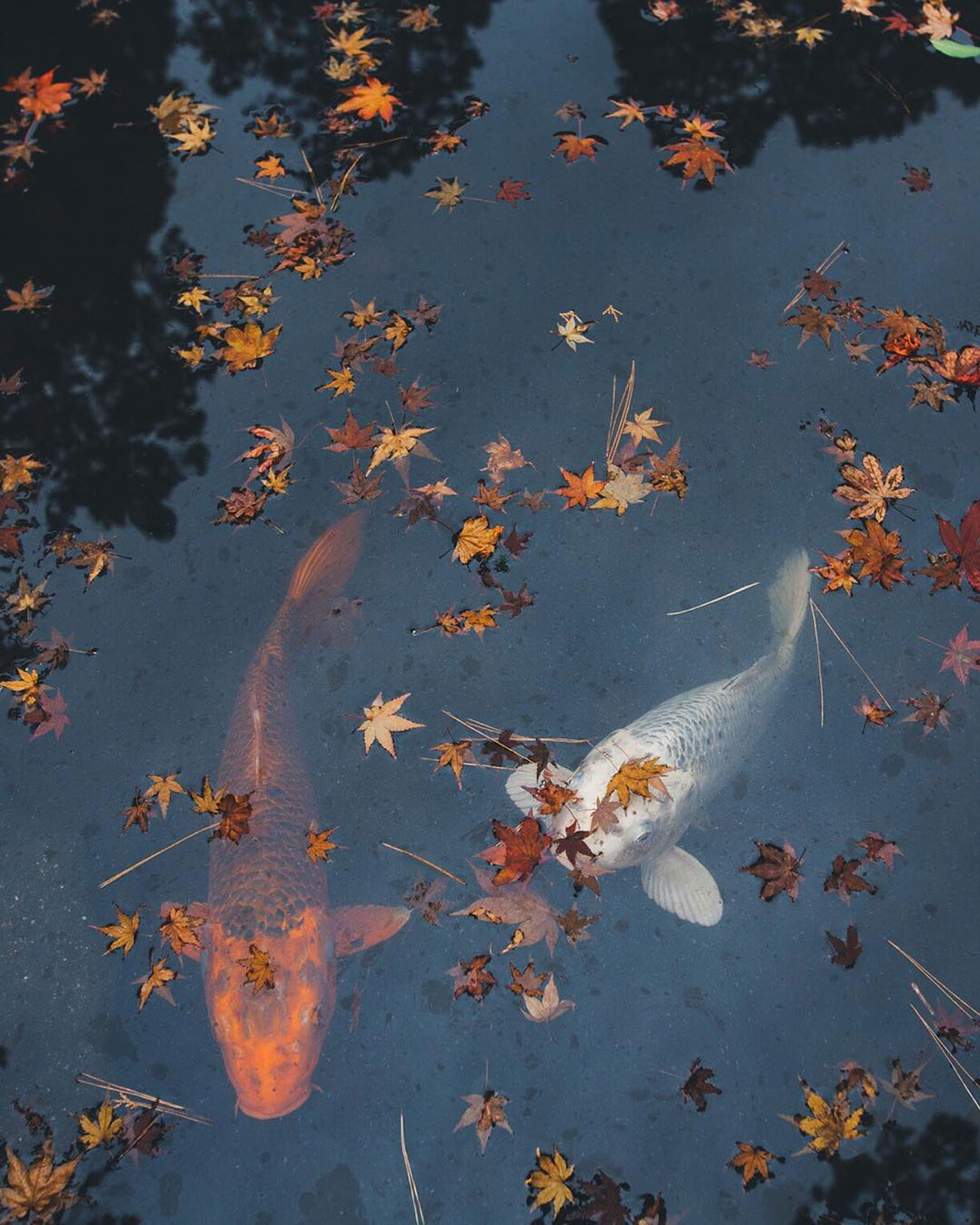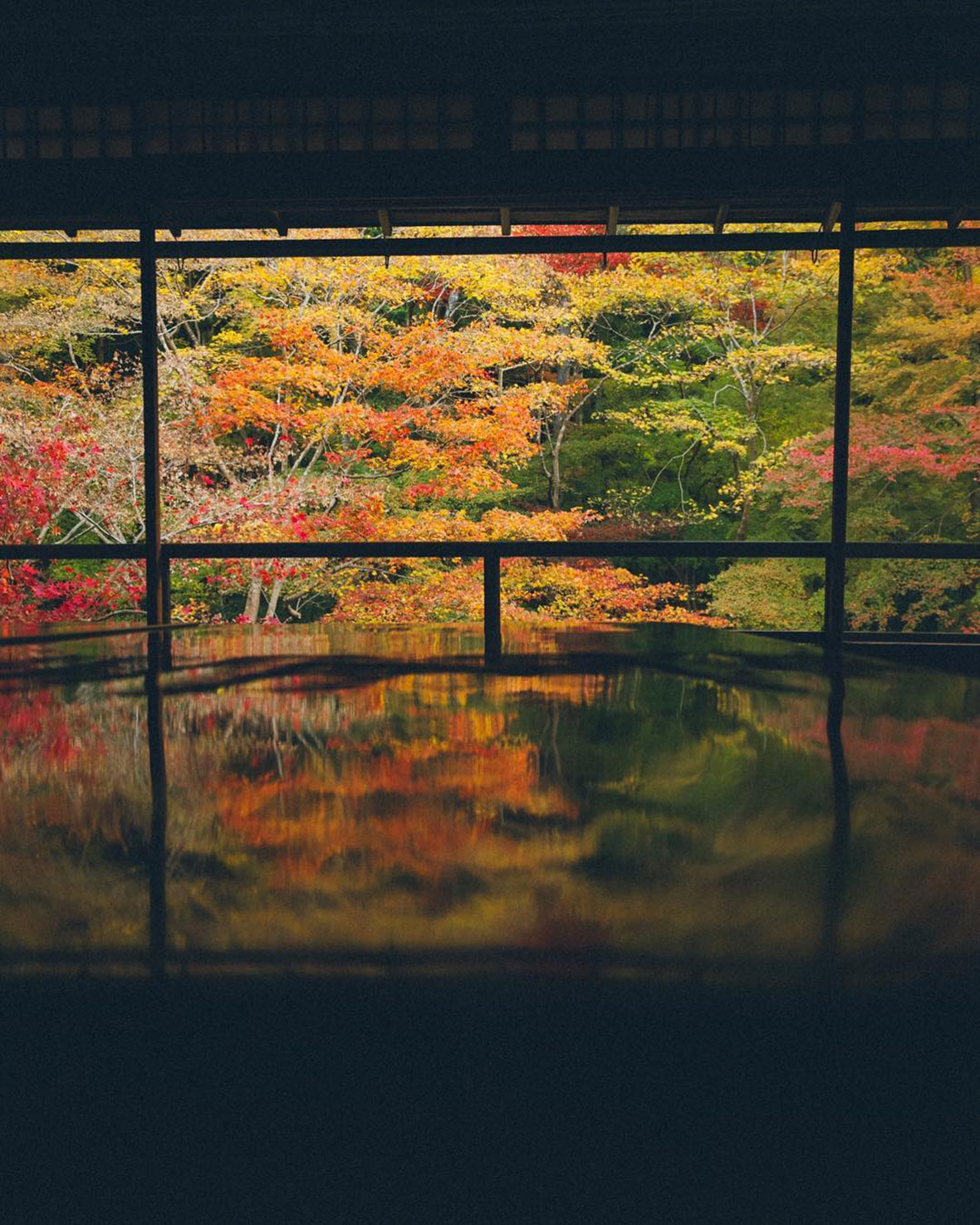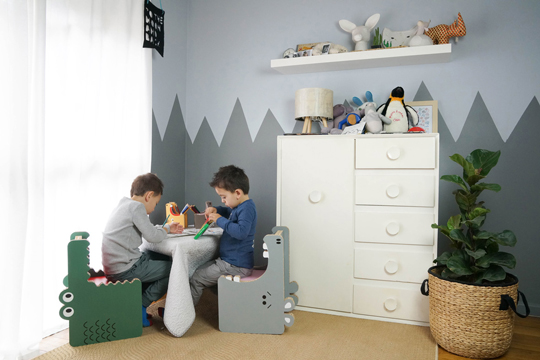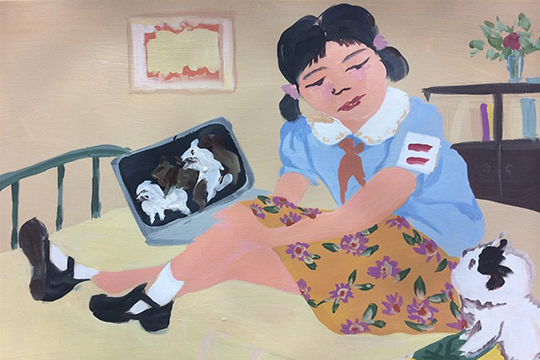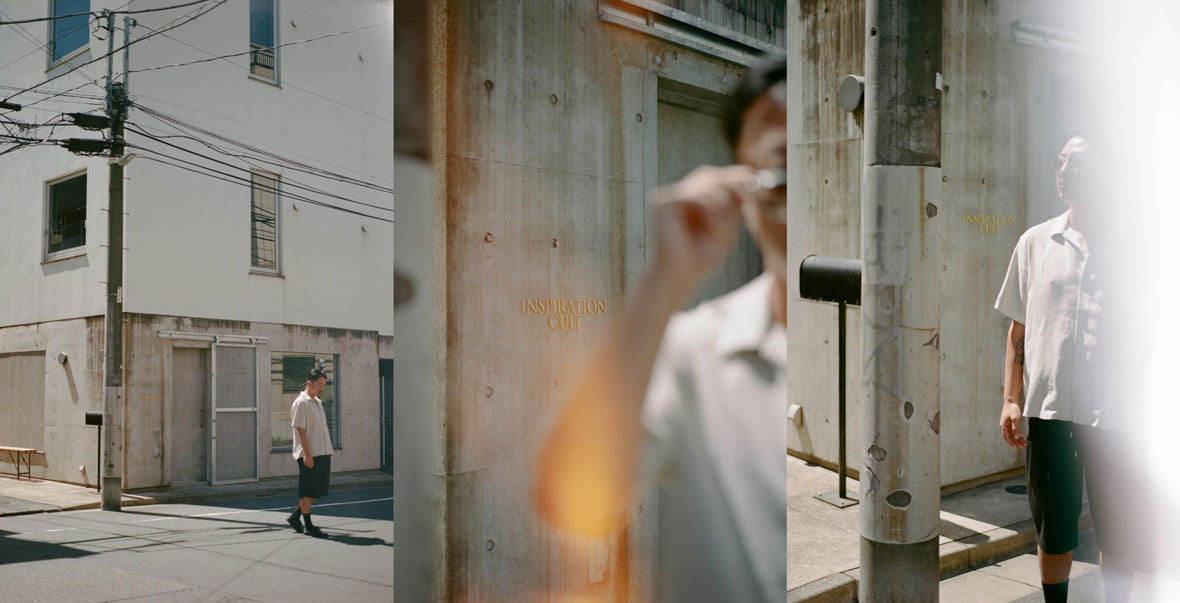
This story is part of a content partnership and media exchange between Neocha and MAEKAN. To see more of MAEKAN’s content on Neocha, click here.
I turned away for a second to find that Yuma Yamashita had already inhaled his first bowl of rice. It was noon-time and the restaurant was packed—we ordered a set lunch that came with crispy karaage, miso soup, and pickles. As a waitress disappeared into the kitchen to get a second serving, I watched him pick up individual grains from the bowl with his chopsticks. He clearly didn’t intend to miss a single piece.
Sitting in the middle of having a practice in photography and food, Yamashita is the type of person who zooms in on the details.
A friend from Tokyo once told me that residents of the city remodel their houses every few years to strengthen their structures to prepare for earthquakes. One would imagine that the cycle of construction in a landscape that is constantly on the verge of change makes people confront the transience of their spaces on the daily. We grapple with stories of the unknown on a regular basis: in the age of the disaster movie, the concept of the urban dystopia is constantly reimagined and doesn’t always feel far off.
Photography: a practice that acknowledges this impermanence. The probability of one’s coordinates, light sources, and curiosity in a moment create a frame that cannot be replicated in its entirety.
The choice to create an image becomes a collective archive: we can feel the rapid heartbeat of a city scrolling through angles of the same moment channeled through multiple screens; changing by the millisecond it takes to create a personal depiction: I am here, and also I am amongst. We document history as we live through it.
一位东京朋友曾经告诉我,当地的居民每隔几年就会翻修房屋,以加固楼房结构应对地震。周期性的改建与不断变化的城市景观使得人们自然而然对日常空间产生一种短瞬即逝的眷恋。未知成为人们的日常:在灾难片盛行的时代,城市反乌托邦的概念不断被重新构想,感觉离我们并不太遥远。
摄影能对这种短暂做出回应。一个人在某个瞬间所处的地点、当时的光源与好奇心组成一个无法完全复制的画面。
所拍摄的照片最终会成为一份集体档案:浏览着从不同镜头和角度拍摄下的同一时刻,我们可以感受到城市快速跳动的脉搏;每个人用镜头记录的影像描述着瞬息万变:摄影师就在那里,他们既是时代的亲历者,也是记录者。
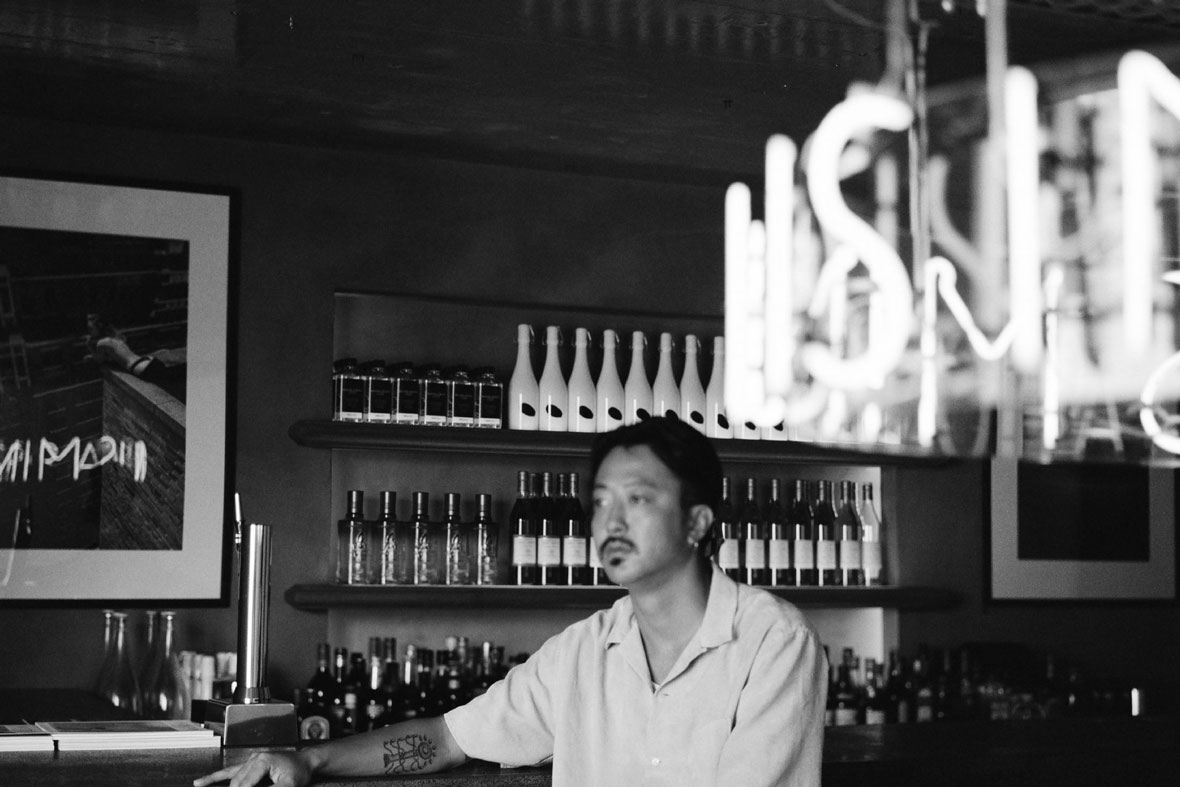
Yuma Yamashita focuses on this unknown with his camera lens: his work juxtaposes people, for scale, alongside the Japanese metropolis. The co-founder of Inspiration Cult Magazine and Gallery has a continuous stream of photographs that feed an ever-growing collection of moments, but has his roots firmly planted in tradition.
“I think photographers need a certain amount of luck,” Yamashita muses. “May it be weather, the timing of passersby—I think I have it as part of my style. It’s not contrived. I know when luck is not with me when timing doesn’t work out, and I know that’s when I pull back and walk away. I just want to naturally capture the moment that is there.”
在摄影师 Yuma Yamashita 的作品中,人与日本大都市的影像被精致雕刻在时光的倒影里。作为 Inspiration Cult 杂志和画廊的联合创始人,他不断进行时间的雕刻,也始终牢牢扎根于传统。
“我觉得摄影师也需要一点运气,”Yuma 沉思着说道,“比如天气或过路的景象,这种运气也是形成我作品风格的一部分。我不喜欢刻意的摆拍。时机不合适,或者运气不好的时候,我会选择停下和离开。我只想自然地捕捉当下的那一刻。”
The Shizuoka-born artist describes his self-taught approach to artwork as flat and diverse, choosing to bypass genres.
“When I first started taking photographs, I would see and emulate the works of New York photographers like 13th Witness and Trashhand, and to render something that’s foreign to Japan in my photos,” says Yamashita. “I now think that focusing on something more traditional, more uniquely Japanese will lead to something more original. And I think that’s because I grew up being exposed to such traditions [here] that make me think I can get over a certain hurdle, and to go to the next focus.”
这位自学成才的艺术家出生于静冈县,他形容自己的作品平淡而多样化,拒绝将自己的作品定义为特定的流派。
Yuma 说:“我刚开始摄影时,喜欢浏览和模仿 13th Witness 和 Trashhand 等纽约摄影师的作品,还喜欢在照片中渲染一些不属于日本的元素。但现在我觉得,专注于日本的传统和特色能呈现出更新颖独特的作品。因为自小浸淫于本土的传统文化,我想要突破壁垒,更好地专注、并融合其他方面的元素。”
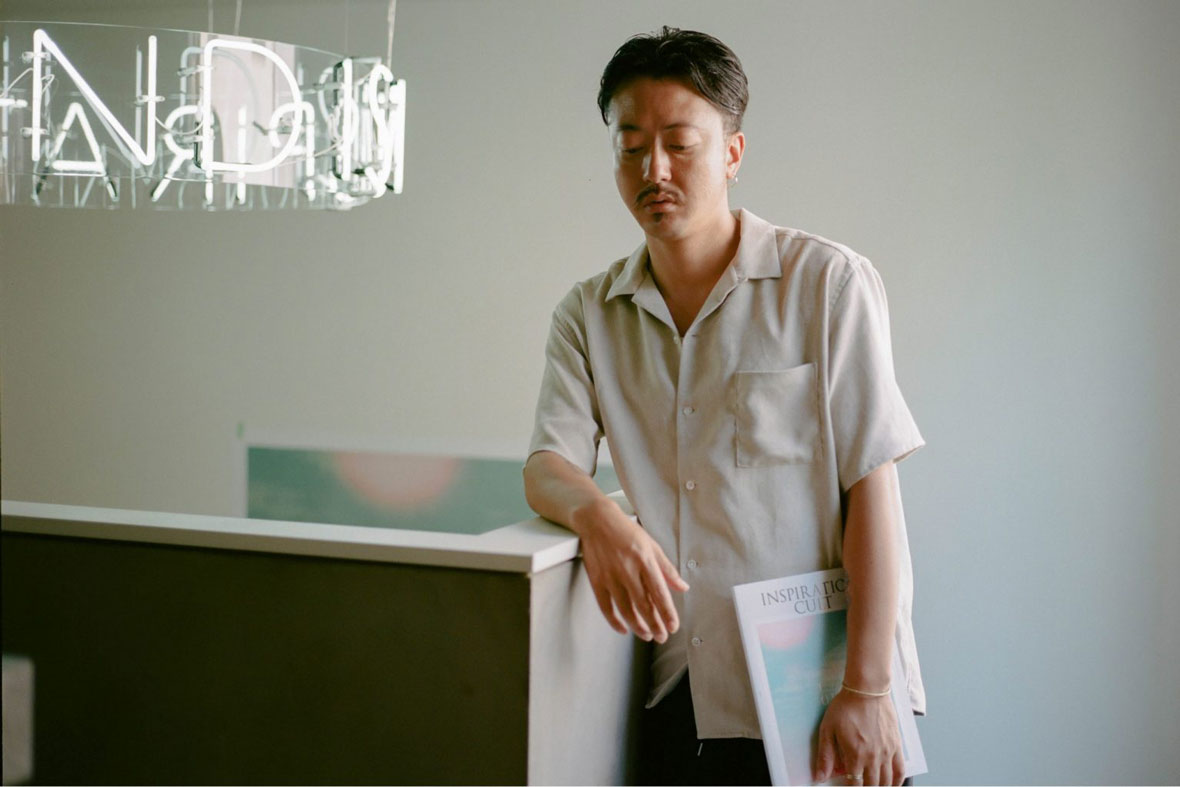
Before landing projects with brands like Apple and Suntory Hibiki, the creative’s earliest practice started through an interest in food, creating carefully constructed bowls of noodles in a ramen shop. “There are actually similarities between the two: [when it comes to food], you make something from scratch using material at hand,” he says. “Photography too—you take something that is already there, think about it, photograph, and edit.”
Elements in each bowl had intentionality in color and composition, with consideration to the human eye. With the philosophy to take down preexisting ramen rules, the space served ‘shio’ (salt) and ‘shoyu’ (soy sauce) variants topped with bamboo shoots, pork, scallions, and egg with an added twist: tomatoes.
The added profile of flavour came through from a thoughtful process—the sourcing would change depending on the season, the chef mindful of which farm provided the best ones. The ingredient sat in an oven with olive oil before making its way into the bowl. “By adding this single essential element, he created an artwork. I think this is quite linked to photography,” said Yamashita. “May it be the composition or the coloring, it is always important to consider the essence, what is essential here.”
The amount of preparation placed into a bowl that would be consumed in under an hour: a fleeting work of art, measured by the satisfaction of the handful of visitors in front of him.
在 Yuma 和 Apple、三得利“響”(Hibiki) 等品牌合作之前,其创作灵感最初源于对食物的兴趣——在拉面店精心制作的一碗碗拉面。他说:“实际上两者之间有相似之处:食物制作过程中,你要运用手头上的食材,从零开始烹饪。摄影也是如此——根据已经存在的事物,再去思考、拍摄和编辑。”
Yuma 随后向我介绍了拉面的制作要领。他告诉我,拉面碗中的各种食材在颜色和摆盘上都带有目的性,有时候也会考虑观赏性。本着打破传统拉面规则的理念,这里供应的拉面有“shio”(盐)和“shoyu”(酱油)两种调味,上面除了放上竹笋、猪肉、葱和鸡蛋,还出人意料地加入了西红柿。所有食材的选择都经过深思熟虑。“这些食材放在一起就像艺术品。我觉得这一点和摄影很像。无论是构图或是色彩,都要思考其本质,思考最重要的是什么,”Yuma 解释道。
付诸于一碗拉面中的心思和功夫将在不到一个小时内被享用掉:这些拉面如同转瞬即逝的艺术品,而他面前寥寥几位顾客的满意度将是衡量这些艺术品水平的标尺。
When the shop was closed on Mondays, the then-chef would explore the city and capture it through his iPhone. “This is something I learned from using a mobile device to take photographs: It’s easy to compose a good [picture], just as long as you get the golden ratio found in the Instagram square format. It’s easy to make something nice to look at, and accessible,” Yamashita says. “But if you’re creative,” he adds, “you should take that extra step or jump out of the comfort zone. When you take a photo of a puddle, you can just take a straight photo of it. Instead, take that push: stick your phone in the puddle and see what you get. All creatives, not just photographers, should take that extra step and get out of that comfort zone.”
What started out as a platform for ramen photos soon expanded as he explored more photography subjects. The budding chef once serving ramen to 6 people at a time grew into a photographer with a social media audience of more than 100,000. “May it be for them or for the [individual customers], to whom I serve carefully prepared ramen, there is no way that everyone will like what we serve,” he muses, “and it’s just not feasible to create a photo that 100% of my followers would like.”
每逢餐馆周一关店,这位厨师就会拿起他的 iPhone 探索并拍摄这座城市。Yuma 说:“我用手机拍摄时明白一点:只要你按照 Instagram 方形图片的黄金比例来拍照,就可以轻松获得好看的构图。拍出好看的照片其实很简单。但如果你有更多的创意,不妨跳出舒适区,多做尝试。例如在拍摄水洼的照片时,你可以直接把镜头对着水洼拍,但你也可以选择换个角度,把手机放在水洼里向外拍,看看可以拍到什么样的照片。不仅仅是摄影师,所有创意人都应该走出创作的舒适区,多去尝试不一样的创意。”
随着他在摄影上探索的主题越来越丰富,原本只用来展示拉面成品的账号迅速扩大。这位拉面厨师摇身一变,成了在社交媒体上拥有超过 100,000 名观众的摄影师。
This curiosity towards experimentation has moved Yamashita to create some of his most memorable work: themed Inspiration Cult magazine editions, with varying key words contributors would explore per issue: from “things that have been around, things that will not change”, to the idea of “risk”.
One particular issue was entitled “war and fruit”: a juxtaposition of seemingly unrelated ideas. Commissioning work from war photographer friends who regularly went to areas of conflicts alongside photographs of fruit, Yamashita hoped that people would create a link behind the visceral images of conflict alongside everyday objects by alternating them in a pattern. “For some people, I’m sure it was confusing, but we hoped they would feel a link for themselves,” he said: his assigned fruit was the cherry. “I took photos that suggested that the cherries symbolized the earth, and with blood [cherry juice] being shed in the name of money.”
好奇心的驱使下,Yuma 创作了许多令人过目难忘的作品。他此前为《Inspiration Cult》杂志创作过一系列作品。该杂志每期有不同主题,邀请艺术家围绕不同的关键词进行创作,比如一些关于“过去”、“时过境迁” 或者 “冒险” 的主题。
其中一期杂志的主题为 “战争与果实”,让艺术家将两个看似毫无关联的名词被并列在一起。Yuma 与一位战地摄影师朋友一起完成了该主题,朋友负责提供战地照片、他则拍摄了一些水果。Yuma 希望通过两组照片的鲜明对比,让观众在残酷和日常生活之间产生深刻的理解。他说:“一部分观众可能会觉得很困惑,但仔细思考,其实能从中找到一定联系。”他选择拍摄的水果是樱桃,“在我所拍的照片中,樱桃象征地球,而滴落的樱桃汁指代以金钱为名义流下的鲜血。”
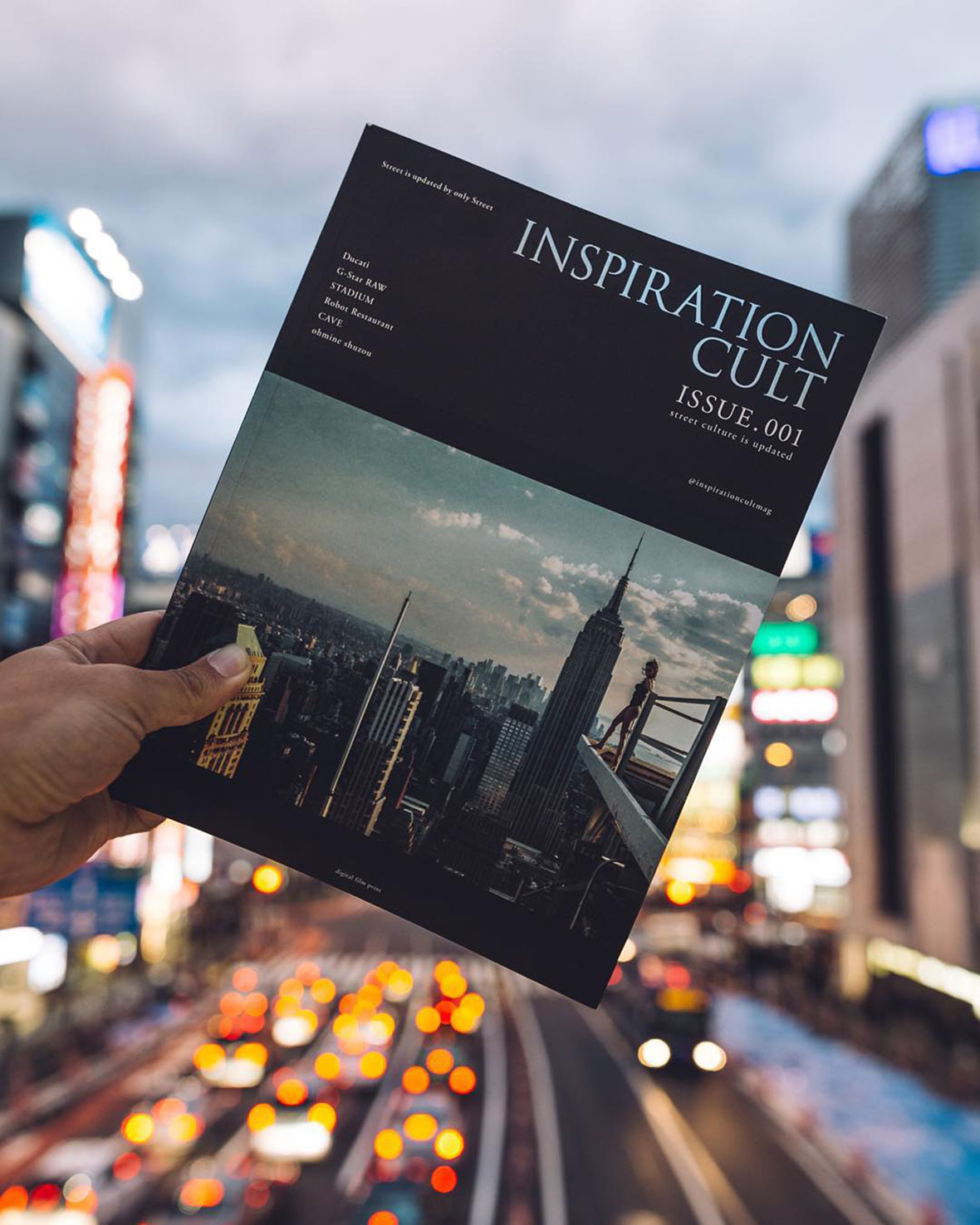
What’s really troublesome, he explains, are man-caused calamities: people making tunnels, destroying the structure and causing landslides. “People bring about a lot of secondary disasters onto nature.” After the 2011 Tohoku earthquake, he started to look for a way to define “nature” through the lens of animism.
“Since civilization, Japanese people have believed in the concept [that everything is alive], has their own spirit and feelings. I think if I could capture and render that, it could perhaps be the expansion of [my] personal expression.” Yamashita explains. “Things that were previously there are washed away, even feelings, by the tsunami—but it shouldn’t be seen as tragic—the earth is alive, it’s breathing, and things like that are bound to happen.”
“There isn’t that much nature in Tokyo so even when I take photographs of buildings, I think they are alive too,” he says. “It feels like they are breathing, even if they’re not even of nature, but man-made.”
在他看来,世界真正的问题都是人为造成:人类修建隧道、破坏地质结构,最终导致山体滑坡。“人类给自然带来了很多次生灾害。” 2011 年的东日本大地震后,他开始从泛灵论(又名万物有灵论,是发源并盛行于 17 世纪的哲学思想,泛灵论认为天下万物皆有灵魂或自然精神,并在控制间影响其他自然现象)的视角来定义“自然”。
Yuma 解释道:“日本人信奉‘万物皆生命’的观念,认为万物都拥有灵魂和感情。我觉得如果我可以捕捉并呈现这一点,或许可以成为我个人作品风格的延伸。以前存在的事物,包括感情,都被海啸一一冲走。但这不应该被视为悲剧。地球还活着,还在呼吸,这些都是注定要发生的事情。”
“东京没有太多自然风光,所以即使在拍摄建筑物时,我也会将它们视为有生命的物体。虽然它们并非来自大自然,但我仍然觉得它们无时无刻都在呼吸,”他说。
After lunch we walked to a shrine in the middle of the city. The space is a testament to our conversation: that amid the chaos of existence and the impermanence of things, we can choose to make our surroundings, and the present moment, sacred. At the entrance, there was a moment of silence. We scooped up water from a fountain with wooden tools to wash our hands before crossing the threshold.
吃完午饭,我们步行到市中心的一座神社。这座神社印证了我们的对话:在事物的混乱和无常中,我们可以选择赋予周围环境和当下时刻神圣的意义。来到神社入口处,我们沉默了片刻,用木勺从喷泉里舀水洗了洗手,然后才踏入神社。
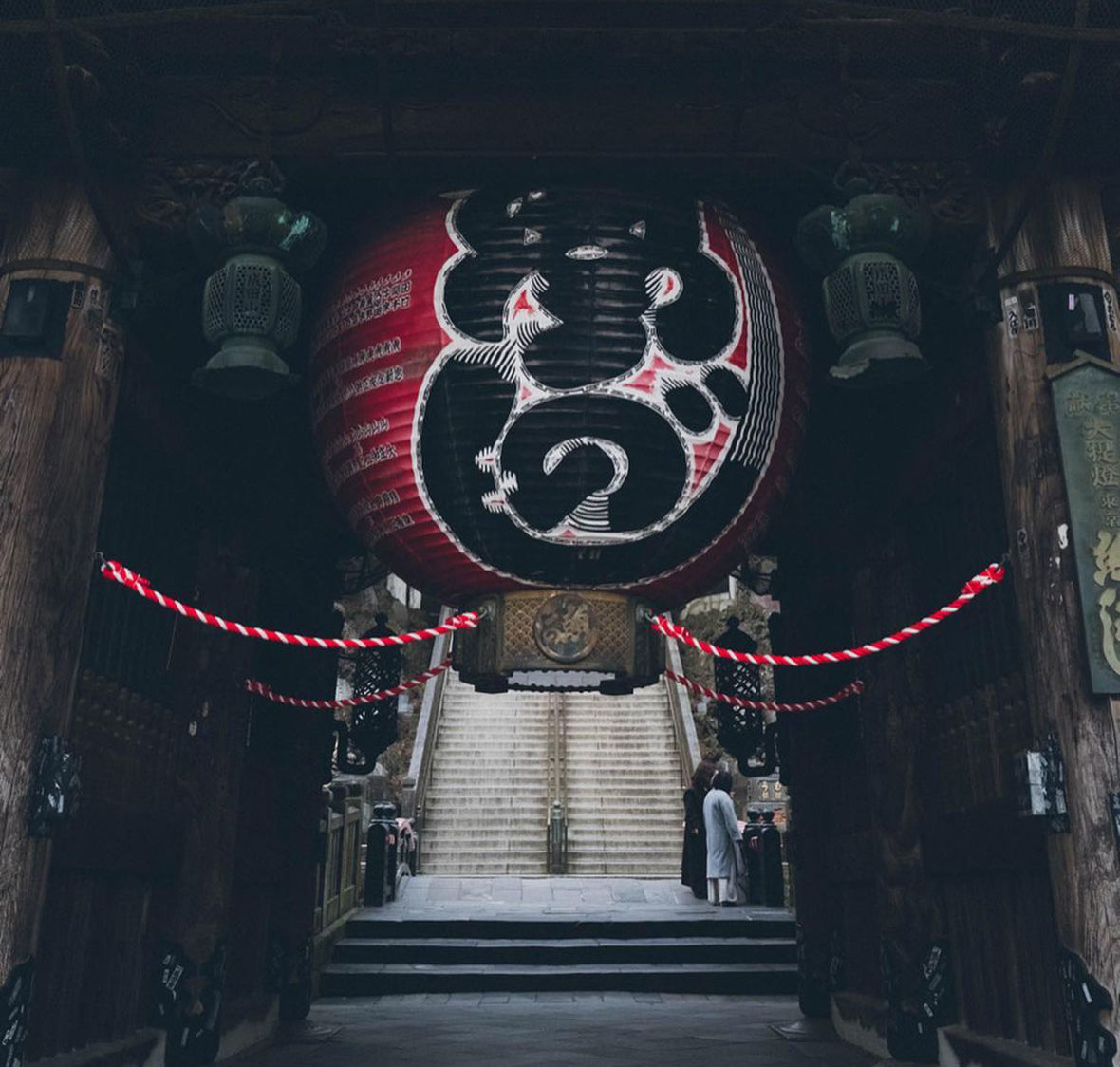
Website: www.yumayamashita.com
Instagram: @yuma1983
Media Partner: MAEKAN
Contributor & Photographer: Kara Chung
Chinese Translation: Pete Zhang
Additional Images Courtesy of Yuma Yamashita
网站: www.yumayamashita.com
Instagram: @yuma1983
媒体合作伙伴: MAEKAN
供稿人与摄影师: Kara Chung
中译英: Pete Zhang
附加图片来自 Yuma Yamashita

